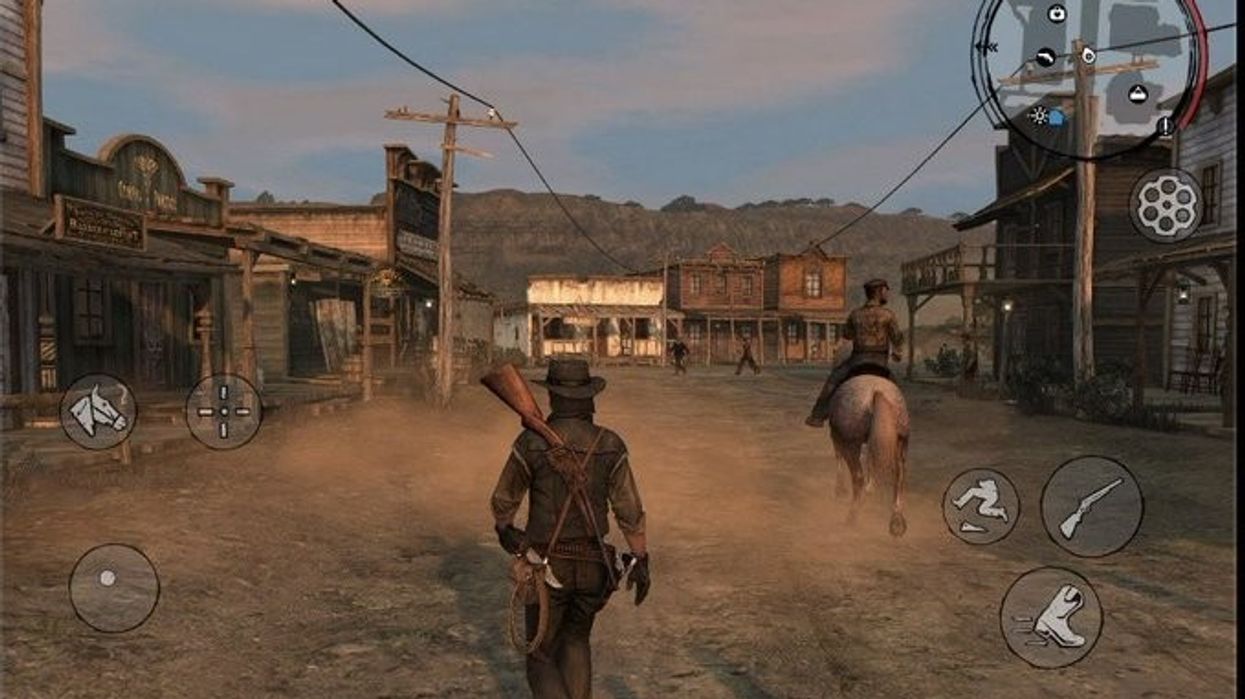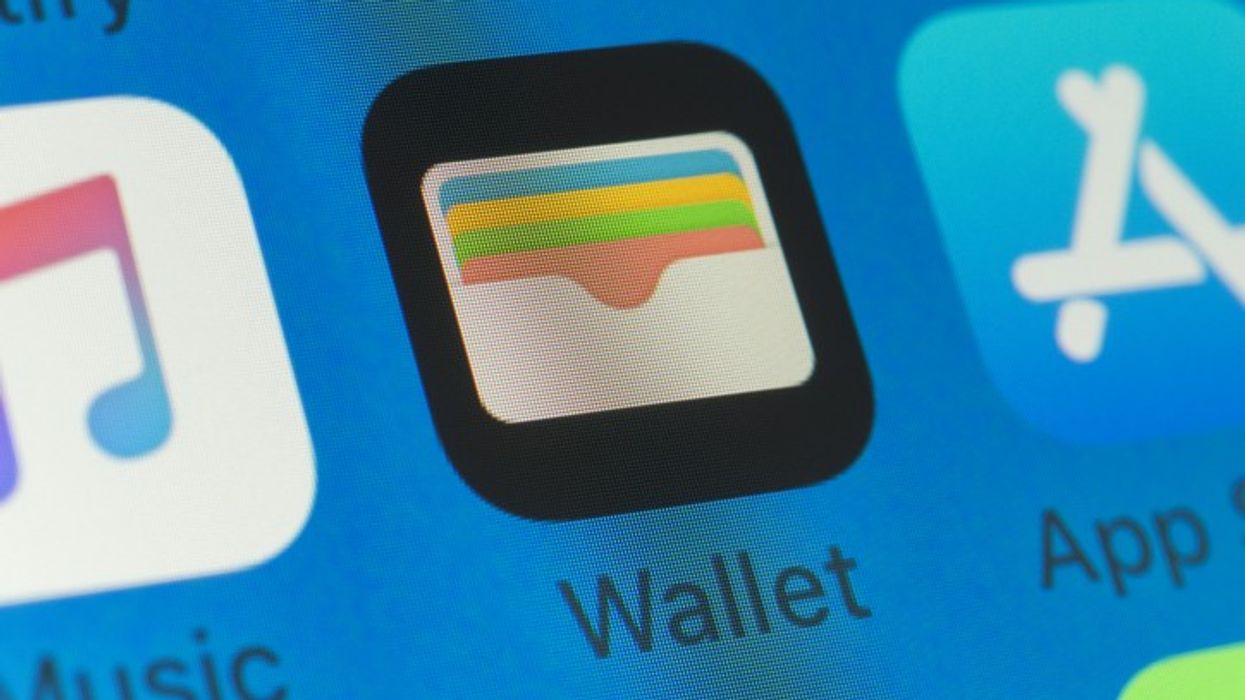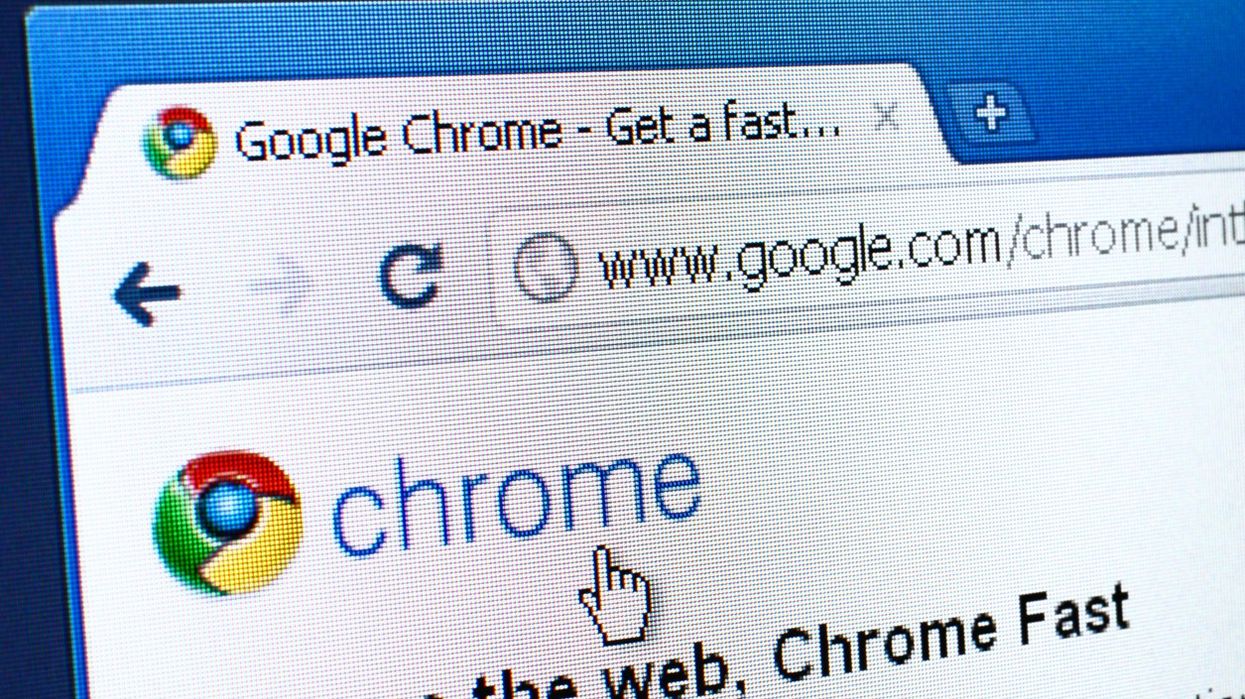In a sweeping overhaul of its software aesthetics, Apple has announced a new universal design language that will span across iOS 26, iPadOS 26, macOS Tahoe 26, watchOS 26, and tvOS 26.
At the heart of this reimagined user experience is “Liquid Glass” — a new material that reflects, refracts, and reacts in real-time, bringing greater focus to content while preserving the hallmark familiarity of Apple’s platforms.
“This is our broadest software design update ever,” said Alan Dye, Apple’s Vice President of Human Interface Design. “Liquid Glass combines the optical qualities of real glass with a dynamic fluidity only Apple can achieve. It transforms based on your content or context, creating an experience that feels both magical and grounded in utility.”
Revealed at Apple’s Cupertino headquarters, the new design offers consistency across platforms while maintaining unique characteristics tailored to each device. From the Apple Watch Series 10 to the iPhone 16 Pro and the latest MacBook Pro and iPad Pro models, users will notice a unified aesthetic that enhances function through beauty.
Introducing Liquid Glass: A New Visual Core
Inspired by Apple’s work on visionOS, Liquid Glass is a translucent, dynamic material that adapts to its surroundings. It absorbs ambient colors, transitions seamlessly between light and dark modes, and uses real-time rendering for subtle specular highlights that give depth to every element—from tiny buttons to full-screen experiences.
Apple describes Liquid Glass as a breakthrough achieved through deep collaboration between its hardware, design, and engineering teams. It gives UI elements a new tactile presence — sliders, buttons, and switches now shimmer, bend, and morph fluidly in response to movement and user interaction. The result is an interface that feels alive.
Refined Across Every Pixel
This material extends across all system layers: the Lock Screen, Home Screen, Control Center, notifications, widgets, and more. Apple’s goal was to bring new life to the elements users engage with most frequently, all while simplifying access to content and ensuring visual harmony across its ecosystem.
Controls and navigation have been thoroughly rethought. Whether it’s Safari’s fluid toolbars or Apple Music’s immersive media interface, every app reflects the new design language. App icons, toolbars, and tab bars are all now rounded and spatially aware, blending seamlessly with modern curved displays.
In iOS 26, tab bars now intelligently shrink when you scroll to maximize viewing space, and re-expand when needed. On iPadOS 26 and macOS Tahoe, sidebars now have depth, refracting wallpaper and content behind them, creating a layered, immersive experience that enhances spatial awareness.
Apps Reimagined for the New Era
From Camera and FaceTime to Apple News and Podcasts, redesigned apps embrace Liquid Glass to make content central. Apple has ensured that every platform — whether TV, phone, desktop, or wrist — gets the same thoughtful upgrade while respecting the functional uniqueness of each device.
The result is a software suite that is more vibrant, more responsive, and more personal. This isn’t just a cosmetic change; it’s a foundation for future innovation.
Apple says the new design is crafted to scale with future advancements in hardware and AI, hinting at what’s to come beyond 2025.
As the tech world shifts toward immersive and intelligent experiences, Apple’s Liquid Glass marks a major milestone — proving once again that when it comes to merging design with technology, Apple still sets the standard.
















